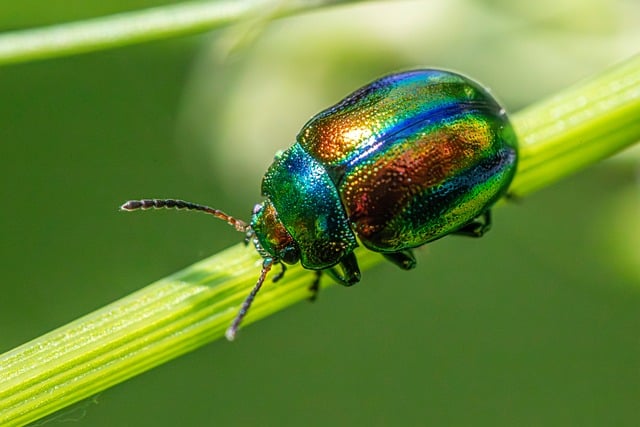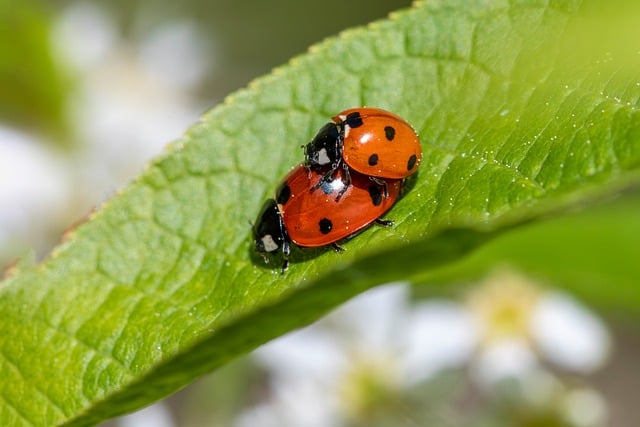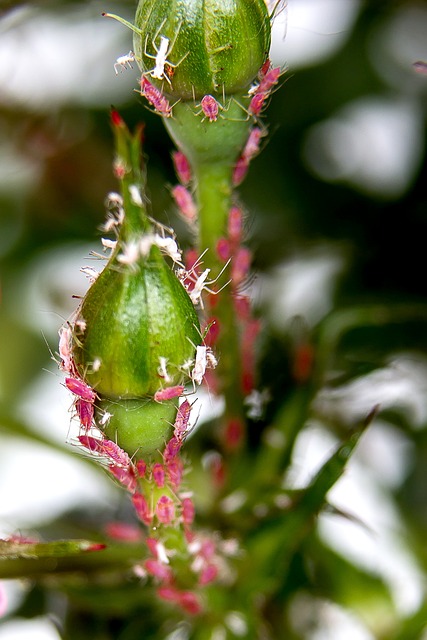In Littleton, identifying a spider infestation requires regular inspections for webs, eggs, or dead spiders in dark corners, attics, and low-traffic areas. Integrated Pest Management (IPM) recommends sealing entry points, maintaining cleanliness, using natural repellents like citrus oils, and consulting professionals who employ non-toxic, species-specific solutions to eliminate infestations effectively while avoiding chemical pesticides.
In the cozy confines of our homes, especially in areas like Littleton, spiders can suddenly become unwelcome guests. Understanding Integrated Pest Management (IPM) offers a proactive and effective approach to dealing with these arachnids. This article guides you through the essentials of IPM for spider control, focusing on identifying infestations in your Littleton home. By learning how to recognize signs early, implementing tailored strategies, and adopting preventive measures, you can effectively eliminate current spider problems and deter future ones.
- Understanding Integrated Pest Management (IPM) for Spiders
- Identifying Spider Infestations in Your Littleton Home
- Effective IPM Strategies to Eliminate and Prevent Spider Problems
Understanding Integrated Pest Management (IPM) for Spiders

Integrated Pest Management (IPM) is a holistic approach to controlling spiders and other pests, focusing on prevention, monitoring, and non-chemical methods. In the case of spider infestations in your Littleton home, understanding IPM involves recognizing early signs and implementing targeted strategies.
To identify a spider infestation, look for webbing in corners, cracks, and dark spaces. Spiders often build intricate webs as resting and hunting grounds. You may also spot individual spiders or notice small holes in fabrics and materials they use for shelter. Regularly inspect your home, especially after seasons when spiders seek warmer environments. If you suspect an infestation, act swiftly. IPM recommends using traps, sticky barriers, or natural repellents like mint or citrus oils as non-toxic options. These methods can effectively manage spider populations while minimizing the reliance on chemical pesticides.
Identifying Spider Infestations in Your Littleton Home

If you’re wondering “how to identify a spider infestation in my Littleton home”, look for telltale signs that indicate their presence. Spiders often leave silk webs in corners, crevices, and dark spaces. Keep an eye out for small, intricate patterns or loose threads, especially if they appear abruptly. These webs can be sticky and noticeable, helping you pinpoint problem areas. Additionally, spotting actual spiders is a clear indication of an infestation. Common household spiders like the American house spider and black widow may be visible during the day or night, depending on their active period and your home’s lighting.
Other signs include small holes in curtains, furniture, or walls caused by spider eggs or silk pushing through. You might also notice a faint musty odour in infested areas, as some spiders produce pheromones to communicate with one another. Regular inspections, especially in undisturbed areas like attics and basements, can help you detect an infestation early on. Prompt action is key; addressing spider infestations swiftly prevents their populations from growing and ensures a safer, more comfortable living environment for your Littleton home.
Effective IPM Strategies to Eliminate and Prevent Spider Problems

Identifying a spider infestation in your Littleton home is crucial, but understanding effective IPM strategies for elimination and prevention is key. Start by regularly inspecting your property, looking for signs such as webs, egg sacs, or dead spiders. Pay close attention to dark corners, attics, and areas with minimal human traffic, as these are common hiding spots. Regular vacuuming can help remove webbing and individuals, but be sure to empty the vacuum bag outside immediately afterward to prevent re-infestation.
For persistent spider problems, consider a multi-pronged approach. Seal entry points like cracks and gaps in walls or windows with caulk. Maintain a clean and clutter-free home, as spiders are attracted to hidden spaces and food sources. Use natural repellents like citrus oils or lavender, which can deter spiders without harmful chemicals. If necessary, consult professionals who employ integrated pest management (IPM) techniques, focusing on non-toxic solutions tailored to your specific spider species and habitat.
Understanding Integrated Pest Management (IPM) is key to effectively addressing spider infestations in your Littleton home. By identifying signs early and implementing tailored IPM strategies, you can eliminate existing issues and prevent future invasions. Remember, the goal is a harmonious balance between humans, pets, and pests – ensuring your home remains both comfortable and free from unwanted arachnids. To identify a spider infestation and implement successful IPM, stay vigilant, act promptly, and don’t hesitate to consult professionals for expert guidance.
